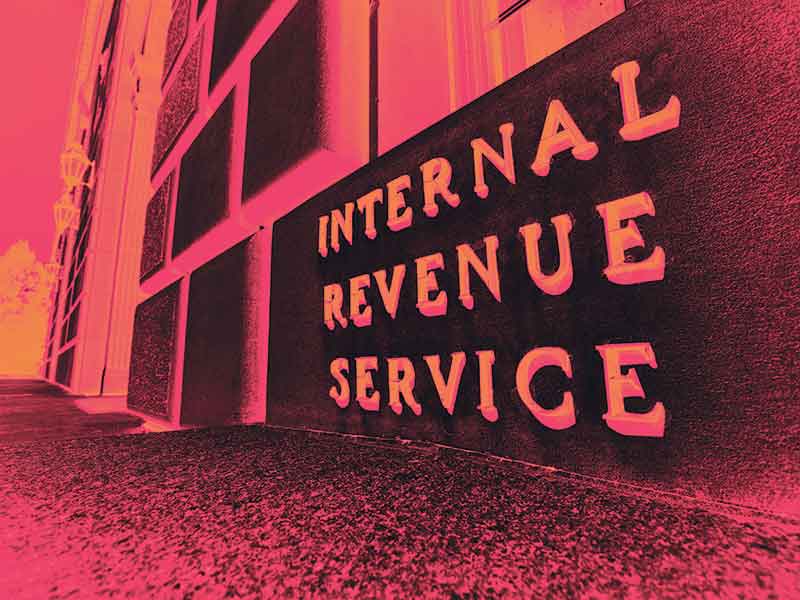
What key tax advantage do ETFs hold over mutual funds?
There are fewer taxable transactions in ETFs than in mutual funds. For example, market makers and financial institutions may trade the underlying securities held in the ETF to facilitate redemptions “in kind,” which is a non-taxable event. Mutual funds, on the other hand, may have to sell portfolio securities to meet investor redemptions, potentially generating capital gains.
What types of distributions can an ETF make?
• Canadian dividends
• Foreign dividends and foreign tax withheld
• Interest and other income
• Return of capital
• Capital gains and capital losses
If ETF holders don’t account for “phantom distributions,” they could find themselves in a spooky situation. What happens?
They could effectively be taxed twice on the same distribution. Here’s how.
From time to time (and often for bookkeeping reasons) an ETF will re-invest income or capital gains realized in the ETF into new units, rather than pay out a cash distribution. The ETF will then complete a share consolidation so the number of units outstanding is equal to the number before the distribution. The re-invested distribution is taxable to the ETF holder that year if the ETF is held in a non-registered account, even though the distribution wasn’t paid out in cash. An investor may miss tracking this “phantom distribution.”
However, the re-invested distribution results in an increase to the investor’s adjusted cost base (ACB) for the ETF.
The double tax risk arises because re-invested distributions aren’t separately tracked on T3 slips. When the ETF holder eventually sells the investment, they will need to account for the increase in ACB resulting from the phantom distribution.
Otherwise, they risk double taxation.
ETF manufacturers generally publish information about re-invested distributions on their websites.
Canadian clients who own ETFs listed on U.S. exchanges may have to report foreign assets:true or false?
True. Canadians who own “specified foreign property” costing more than $100,000 in a non-registered account must file a T1135: Foreign Income Verification Statement annually with the Canada Revenue Agency. U.S.-domiciled ETFs are included in the definition of specified foreign property. (Canadian-domiciled ETFs investing in U.S. securities would not be considered specified foreign property). The rule applies if the amount is more than $100,000 at any time during the year.
While there are no tax liabilities associated with the Form T1135 reporting requirement, as the filing’s primary purpose is to provide information to the CRA about the existence of the foreign assets, failure to file one annually may result in heavy penalties.
Canadian clients who own ETFs listed on U.S. exchanges may fall under the U.S. estate tax regime: true or false?
True. If a client owns more than US $60,000 of “U.S. situs” property, their estate could be subject to U.S. estate tax if the client’s worldwide estate is valued at more than US$12.06 million (the 2022 U.S. estate state exemption amount). This applies even if the client isn’t a U.S. citizen. U.S.-domiciled ETFs are considered U.S. situs property, while Canadian-domiciled ETFs investing in U.S. securities are not. While the exemption level would likely shield most Canadians from a U.S. estate tax liability, the Canadian estate would still be required to file a U.S. estate tax return.
Bonus question: How can Canadian investors determine if foreign withholding taxes (FWT) apply to an ETF — and whether those taxes can be recovered?
The first factor is the structure of the ETF and the second is the type of account in which the ETF is held — a non-registered account; an RRSP or RRIF; or a TFSA, RDSP or RESP.
Most countries levy FWT, withheld at source, when corporations pay dividends to foreign investors. For example, the U.S. government normally imposes FWT of 15% when U.S. corporations pay dividends to Canadian investors. Canadian-listed ETFs that invest in U.S. equities face this withholding tax.
There may also be a second level of withholding tax in two cases: when a Canada-listed ETF invests in a U.S. ETF, which itself invests in foreign equities; or a U.S.-listed ETF invests in foreign equities. There’s the FWT on dividends paid by the foreign companies to the U.S.-listed ETF that holds those shares (Level 1 tax) and the FWT withheld by the U.S.-listed ETF to the Canadian-listed ETF or investor (Level 2 tax).
If you own an ETF in a non-registered account, and only Level 1 tax applies, you can normally claim a foreign tax credit for Level 1 tax. If you own an ETF in a non-registered account and both Level 1 and Level 2 tax apply, you can claim a tax credit for Level 2 tax, but for not Level 1.
Where ETFs are held in TFSAs, RDSPs or RESPs, a foreign tax credit is not available on either level of FWT.
Where ETFs are held in RRSPs or RRIFs, a foreign tax credit is also not available. However, U.S.-listed ETFs holding U.S. securities in RRSPs or RRIFs are exempt from Level 1 tax (and Level 2 doesn’t apply), while U.S.-listed ETFs investing in international equities are subject to Level 1 tax but exempt from Level 2 tax.
The reason for these exemptions is that under the Canada-U.S. tax treaty, the U.S. recognizes RRSPs, RRIFs and certain other retirement accounts (but not TFSAs, RESPs or RDSPs) as tax-exempt.